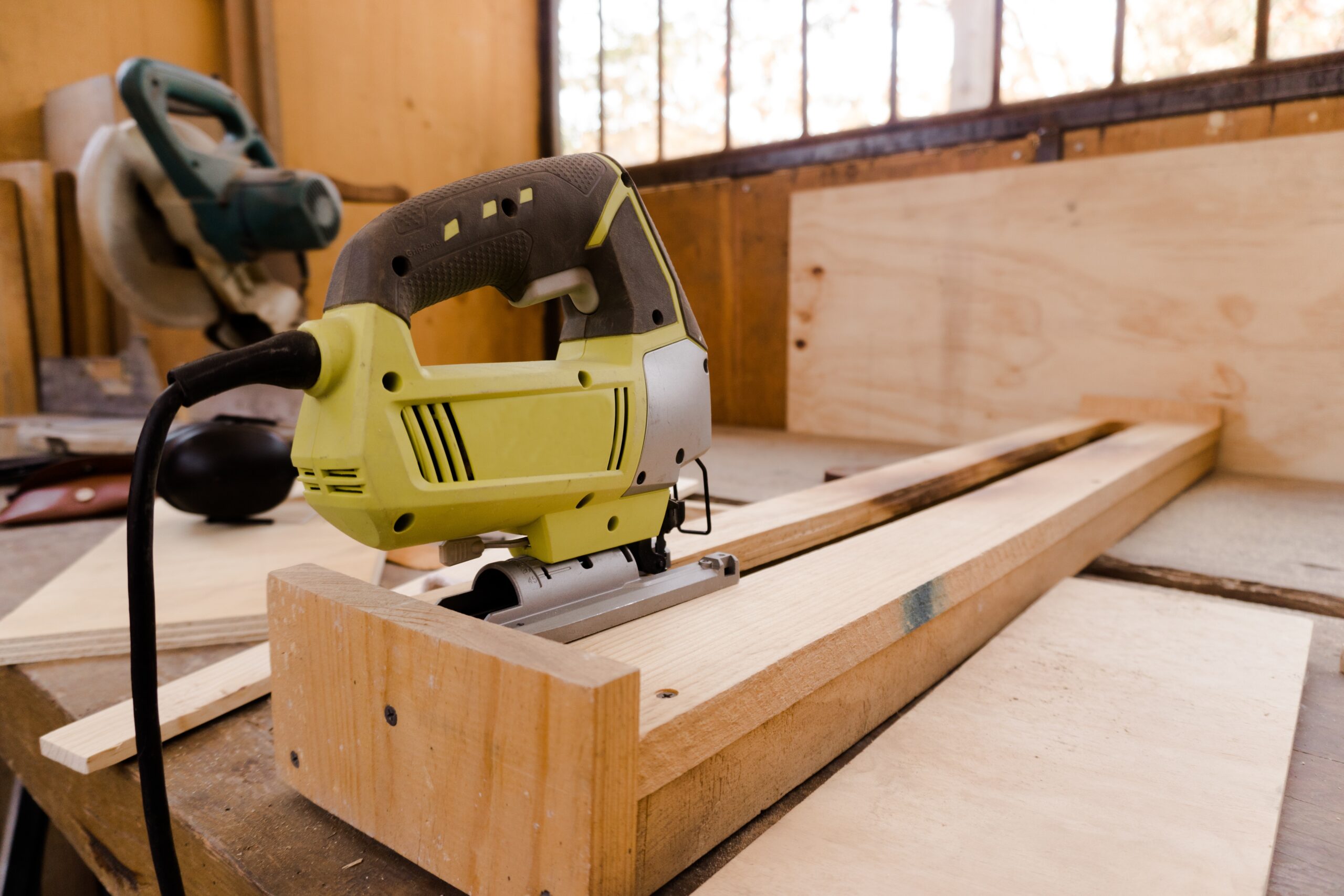Plywood is a board material widely used in fields such as construction, furniture manufacturing and decoration materials. Plywood is increasingly used due to its good physical properties, excellent mechanical properties and weather resistance. However, plywood is susceptible to environmental influences during storage and transportation, resulting in a decline in quality. Therefore, in order to protect the quality of plywood, proper storage measures must be taken. This article will describe common storage methods for plywood.

1. Storage environment
Plywood should be kept dry, ventilated, protected from light, moisture and cold during storage. In general, the following aspects need attention:
(1) Humidity control
Humidity is one of the most important factors affecting the quality of plywood. Plywood is made by pressing different types of wood and glue, if exposed to moisture for a long time, it will cause the glue to hydrolyze and the wood to rot. Therefore, the storage environment of plywood should be kept in a dry state. It is recommended to use dehumidification equipment when storing plywood to keep the humidity at 10-45%, and try to avoid storing plywood in a humid environment.
(2) Temperature control
Temperature is also one of the important factors affecting the quality of plywood. A suitable temperature range is 20-25°C. If the storage environment is too hot or too cold, the plywood will be affected. During storage, it is necessary to avoid storing plywood in the sun or other high-temperature environments. Plywood also cannot be stored in wet, cold places that are in direct contact with the ground.
(3) Ventilation environment
The storage environment should maintain a good ventilation system for air circulation and humidity balance. This helps avoid problems like mold and rot on the plywood surface, while also helping to maintain the normal appearance of the plywood. Do not store plywood against a wall or in areas with poor lighting.

2. Storage location
(1) Stacking method: Plywood should be stacked horizontally. In general, the number of stacked layers should not exceed 5 layers; the starting position of stacking should be based on the ground, stacked evenly, and avoid overlapping or cross stacking to avoid damage.
(2) Distance control: When stacking, do not put the plywood too close to the wall or other objects to prevent poor air circulation and affect the normal storage of the plywood. The distance between the plywood and the wall, floor and ceiling should be about 5cm.
(3) Pressure balance: When stacking, attention should be paid to the pressure balance of the plywood, and the pressure at different positions should be balanced. Avoid excessive pressure on certain parts, causing deformation and damage to the plywood.

All that said, good plywood storage can help ensure its quality and durability. To ensure the quality of plywood during storage and transportation, you need to master some basic principles and precautions, which can help you reduce damage when using and handling plywood, and shorten the storage time of plywood.

